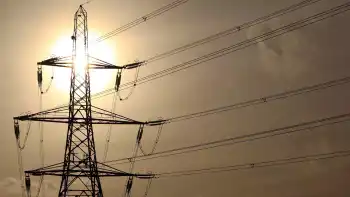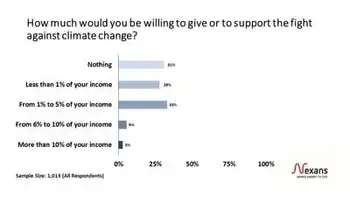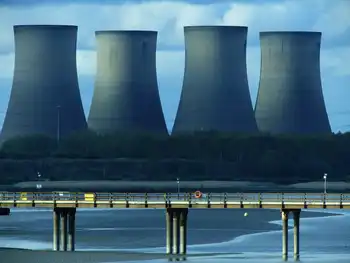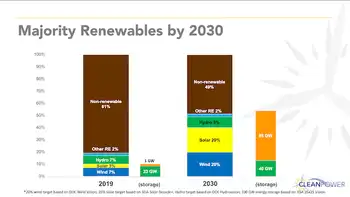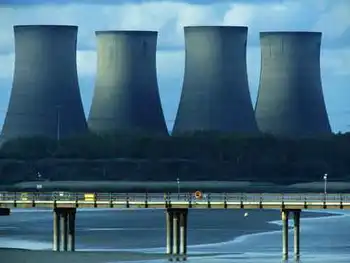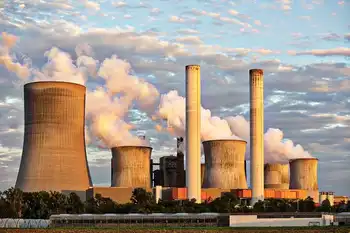Ontario Says Green Plan Spurs $20 Billion in Investment
By Reuters
Arc Flash Training - CSA Z462 Electrical Safety
Our customized live online or in‑person group training can be delivered to your staff at your location.

- Live Online
- 6 hours Instructor-led
- Group Training Available
Ontario's energy ministry released a report outlining the investments on Thursday, and giving an investment figure for the first time, as the province's governing Liberals get set to campaign ahead of the October 6 election in which their green energy plan is seen as a major and contentious issue.
The plan is the most comprehensive subsidy scheme for clean energy production in North America, and the report said Ontario has signed or offered more than 21,000 contracts to developers of small, medium and large clean energy projects so far.
The C$20 billion figure includes a C$7 billion commitment by South Korea's Samsung C&T, as well as investments already made and planned by other producers who have contracts under the province's feed-in tariff FIT, Ontario energy minister Brad Duguid said in an interview.
Ontario, Canada's most populous province and its biggest energy consumer, introduced the European-style FIT program two yeas ago as a way to create jobs, cut greenhouse gas emissions and fill some of the electricity supply gap left by its plan to shut down all its coal-fired power stations by 2014.
Polls show the Liberals trailing the opposition Progressive Conservatives, who say the green plan is financially wasteful and has pushed electricity rates too high.
The Conservatives have already said that if elected they will scrap the FIT, which offers generous, above-market rates to producers of green energy under fixed 20-year contracts.
They have also vowed to scrap the Samsung agreement, which is the biggest single investment commitment under the program.
"We are quite comfortable that there is no real contract with Samsung. It's a memorandum of understanding, we've seen the redacted copy," John Yakabuski, energy critic for the opposition Conservatives said.
"We've been clear from outset that these expensive energy experiments do not represent good value for Ontario families paying the bills, we're not going to support that," he said.
The green energy program had created 13,000 jobs by the end of last year and is "very much on target" to reach the 50,000 mark by the end of 2012, Duguid said.
"You've got to remember that the bulk of the projects are still about to go under construction in the next year, so the biggest part of that job creation is yet to come," he said.
The 50,000 figure includes jobs for constructing wind and solar farms, which Duguid admitted were not permanent jobs.
The report said the program has so far brought online 2,000 megawatts of renewable energy, equal to about 5 percent of the province's installed electricity generation.
That includes 200 MW of solar capacity, which produces enough electricity to power about 30,000 homes a year. Wind turbines erected in the province produce enough energy to power 350,000 homes.
Duguid said a review of the FIT rates paid to green energy producers, which are up for review every two years and are almost sure to be cut as prices for green energy components have fallen, is underway and expected to be completed by year-end.








